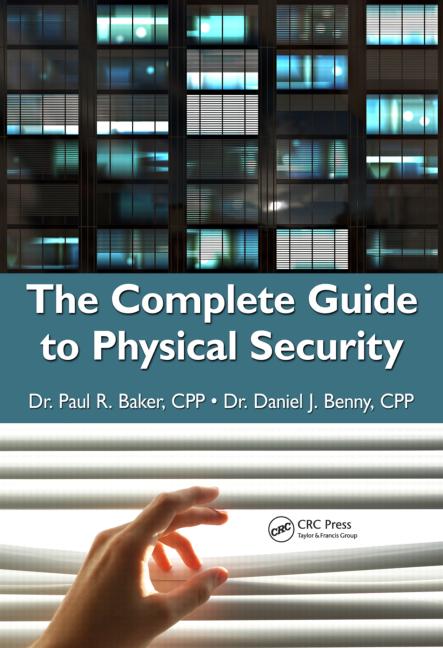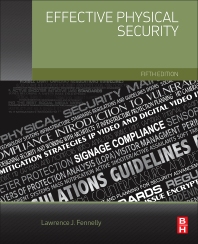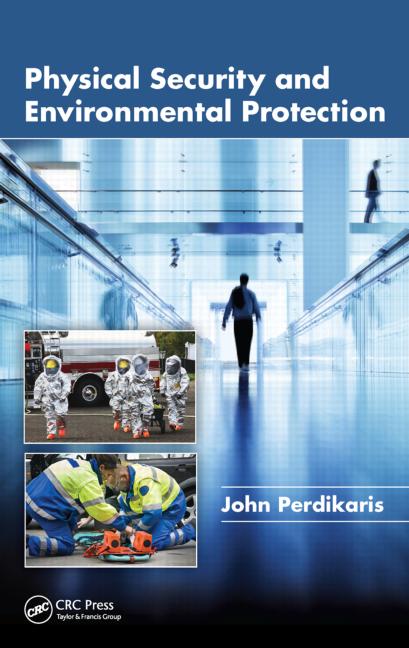Enhancing EAC Systems with Reliable Physical Locks
.jpg?1743725834)
Image courtesy of Sargent
Advanced electronic access control (EAC) systems revolutionized physical security, providing smarter and more adaptable entry/egress management for modern facilities. However, not all EAC systems are created equal. While many focus on software capabilities like real-time monitoring and mobile credentialing, the true differentiator can often lie in the quality of the physical locks they rely on. High-grade mechanical locks provide the strength, durability, and security needed to complement advanced technologies, ensuring consistent and reliable performance.
Robust physical locks, such as those meeting or even exceeding ANSI/BHMA Grade 1 standards, ensure that high-traffic, high-security environments are well secured. Features like tamper resistance, pick-proof designs, and long-lasting durability reduce maintenance needs and improve overall system performance. Hence, the best EAC solutions need to seamlessly integrate robust mechanical locks and hardware engineered for demanding applications. Selecting an EAC solution that seamlessly integrates robust physical hardware greatly enhances functionality, reliability, and peace of mind.
Understanding Your Facility’s Needs
Every facility has unique requirements, and your EAC solution should reflect those needs. Begin by analyzing how spaces are used within your building. Are certain entryways heavily trafficked? Do some need to remain in passage mode during business hours but locked after hours? Also, consider the existing mechanical hardware, keys, and credentials to ensure compatibility with your access control platform. Accessibility and compliance standards, such as ADA and fire safety regulations, should also be part of your evaluation process.
The Importance of Seamless Integration
A robust EAC solution integrates effortlessly with existing access management systems. Compatibility with mechanical hardware, video surveillance, and alarms is crucial for creating a cohesive security ecosystem. Opt for EAC solutions based on open standards to ensure scalability and adaptability. Flexibility with credentials, including contactless cards, key fobs, and mobile credentials, adds another layer of convenience and futureproofing.
The Role of Physical Locks
High-quality mechanical locks are essential for the durability and security of an EAC system. Look for Grade 1 locks, which meet or even exceed ANSI/BHMA standards for strength and reliability. Advanced features such as anti-tamper protections and pick resistance, enhance security and usability, particularly in emergencies, and also help ensure personal privacy. Strong mechanical components also bolster your system’s reliability in demanding environments.
Installation and Maintenance Considerations
Ease of installation and maintenance impacts the total cost of ownership of an EAC solution. Wireless solutions are ideal for retrofitting older buildings, minimizing disruption and installation costs. Wi-Fi locks that make decisions locally further simplify implementation. Durability and minimal maintenance are key factors, as is the availability of comprehensive support and training from experienced manufacturers and integrators. Wireless solutions also make it easier to add access control in hard-to-wire locations, providing a flexible way to secure challenging areas.
Scalability and Budget Planning
Investing in an EAC locking solution requires careful planning and a vision for future growth. Scalable solutions allow for phased upgrades as your facility expands. Balancing upfront costs with long-term value, such as through energy-efficient locks, ensures a cost-effective approach. Collaborating with trusted experts can help you create a roadmap that aligns with your operational and financial goals.
Creating a Balanced EAC System
A truly effective integrated EAC solution combines cutting-edge technology with durable mechanical locks to deliver unparalleled security and reliability that stands the test of time. Integration and scalability are key to creating a seamless system, but the quality of physical components often determines its long-term success. Robust locks not only enhance protection but also ensure the system remains functional even under the most challenging conditions.
Evaluating EAC solutions requires a holistic approach, considering both technological features and the mechanical foundations. Ease of installation and integration, future system expansion, and tested and proven reliability ensures an EAC solution offers the adaptability to evolve over time without compromising performance. The ideal combination of advanced technology and mechanical integrity is essential to ensure your facility is secure and operates smoothly.
To assist in your evaluation process, seek guidance from EAC installation experts to best identify the specific entry/egress requirements of your facility, from usage patterns to compliance requirements. With careful planning focused on both EAC software and door hardware, you can implement a solution that meets both your immediate needs, and also supports your long-term goals.
Looking for a reprint of this article?
From high-res PDFs to custom plaques, order your copy today!




.gif?height=200&t=1712708453&width=200)



